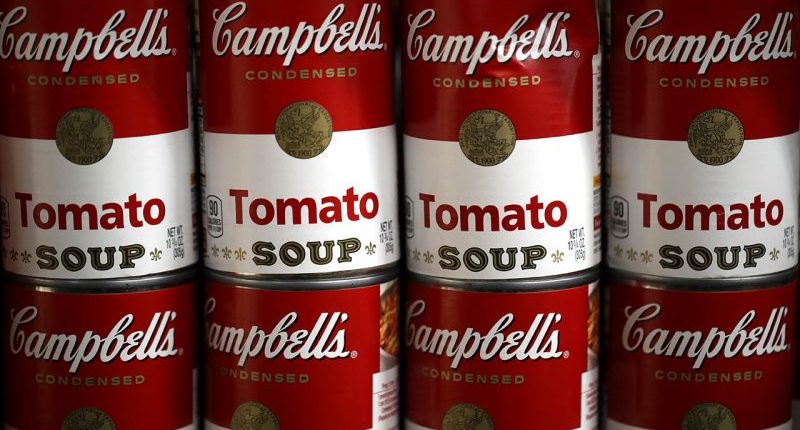Share this @internewscast.com

(NewsNation) — A growing number of Americans are opting to prepare meals at home, utilizing ingredients that help extend their food budgets, which might signal concerns for the U.S. economy.
Campbell’s, the well-known soup and snack company, has reported an increase in home-cooked meals reaching levels not seen since the start of 2020, according to CEO Mick Beekhuizen during a recent earnings call.
“Consumer sentiment began to decline in January,” Beekhuizen noted. “This trend persisted through the third quarter, with people being more intentional in their food spending choices.”
And it’s not just where they’re eating; it’s what they’re eating.
Shoppers are being more intentional with their snack spending and gravitating toward grocery items like condensed cooking soups, broths and Italian sauces, ingredients that help “stretch tight food budgets,” Beekhuizen said.
Campbell’s noted sales of its broths rose 15% during the quarter while snack sales, including Goldfish crackers and Cape Cod potato chips, declined over the same period.
Other iconic American brands are also seeing changes in consumer habits, suggesting households are growing more cautious with their spending.
The snacking slowdown has hit PepsiCo and General Mills, and Procter & Gamble has noticed consumers cutting back on laundry to conserve detergent. Meanwhile, McDonald’s recently experienced its worst U.S. sales decline in five years, with traffic falling particularly among low and middle-income diners.
All of this comes amid heightened economic uncertainty, with President Trump’s tariff policy unsettling both Wall Street and Main Street.
The lingering sense of unease recently sent consumer sentiment plunging to its lowest level in three years, nearing a record low. Recession odds are also up since the start of the year.
Americans have been particularly concerned about the potential resurgence of rampant inflation, as retail giants like Walmart warn that tariffs will drive prices higher for a range of goods, from bananas to car seats.
So far, economists’ worst fears haven’t come to pass, though the full effect of the president’s trade war may still be months away.
It’s possible the shift toward at-home dining could prove benign, driven more by the rising cost of eating out rather than drastic belt-tightening.
Grocery prices were up 2% in April compared to the year prior, according to the latest Consumer Price Index. Meanwhile, the cost of eating out increased by 3.9% over the same period, outpacing overall inflation.
Still, prominent household brands are likely to be the first to spot trouble brewing, given that consumer spending makes up about two-thirds of the U.S. economy.
Another trend that shows Americans are feeling: Sales are up at bargain stores like Dollar General, with even higher-income shoppers stopping by.











